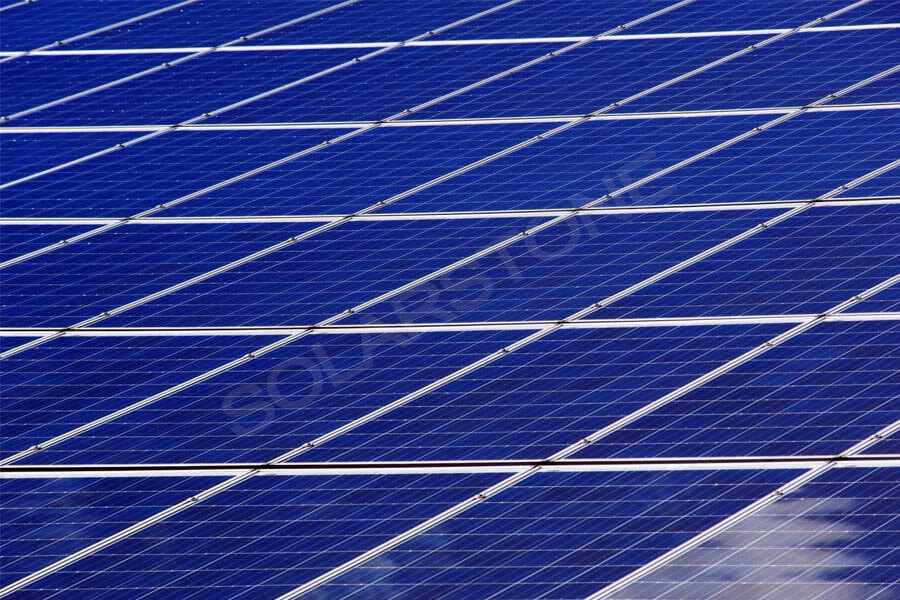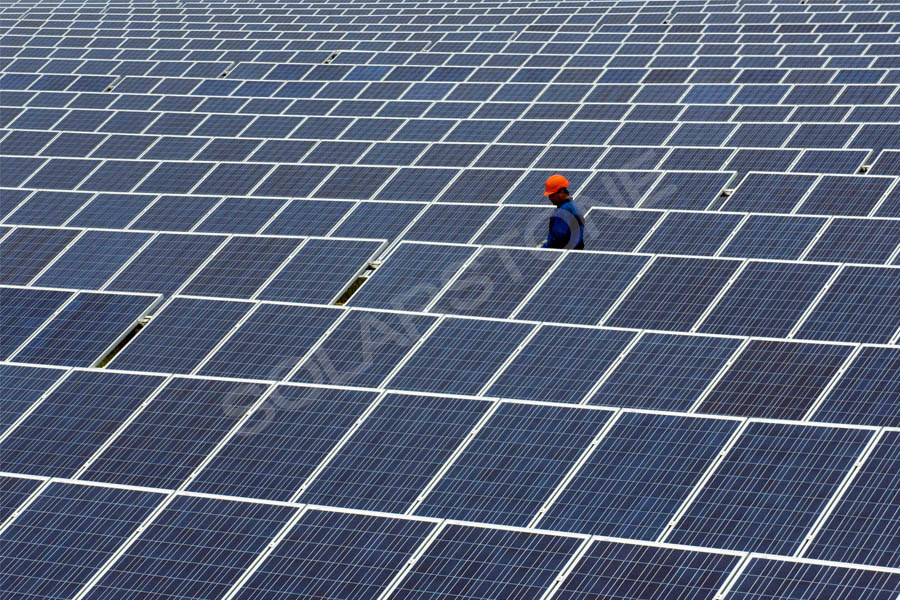The grade of solar panels can be divided into Grade A, Grade B, Grade C and Grade D, while grade A solar panels can be divided into Grade A + and grade A – . The cost gap between different grades of solar panels is also very large. What kind of solar panel is called class A and what kind of solar panel is called class D?
Class A solar panels: use class A solar cells, which are the highest quality solar cells;
Grade B solar panel: Grade B solar panel is slightly lower than Grade A
Grade C solar panels: Grade C solar panels are seriously poor in appearance and lack of corners. They are only suitable for making small solar panels.
Grade D solar panels: Grade D solar panels use broken solar cells, which are supplied to customers with special needs or special treatment.
How should we judge?
Judge the grade of solar panel from the following points:
1. Look at the surface
Carefully check the tempered glass surface. The glass surface of solar panels with poor quality is relatively rough, and the residual silica gel on the surface will reduce the power generation efficiency of solar panels.
2. Look at the solar cells
Check whether the solar cell has broken edges and cracks. Poor quality solar panels are spliced with broken solar cells, which has great potential risks and will affect the safe use of the whole solar panel.
3. Look at the back
Look at the quality of the back lamination. If there are irregularities after lamination, such as bubbles and folds, it is regarded as a product of relatively poor quality.
4. Look at the border
Whether it is straight. The poor quality solar panel adopts the method of adding frame manually, which is not firm enough.
5. Look at silica gel
Check whether the silica gel around the back is evenly distributed and tightly penetrated into the gap between the back plate and the frame.
6. Look at welding
Carefully observe the string welding of solar cells for missing welding. At the same time, we should also see whether the arrangement of solar cells is regular.
7. Look at the junction box
Finally, check whether the junction box is firm, whether the junction box cover can be firmly and tightly attached to the junction box, and whether the outgoing wire lock can rotate freely and tighten.








